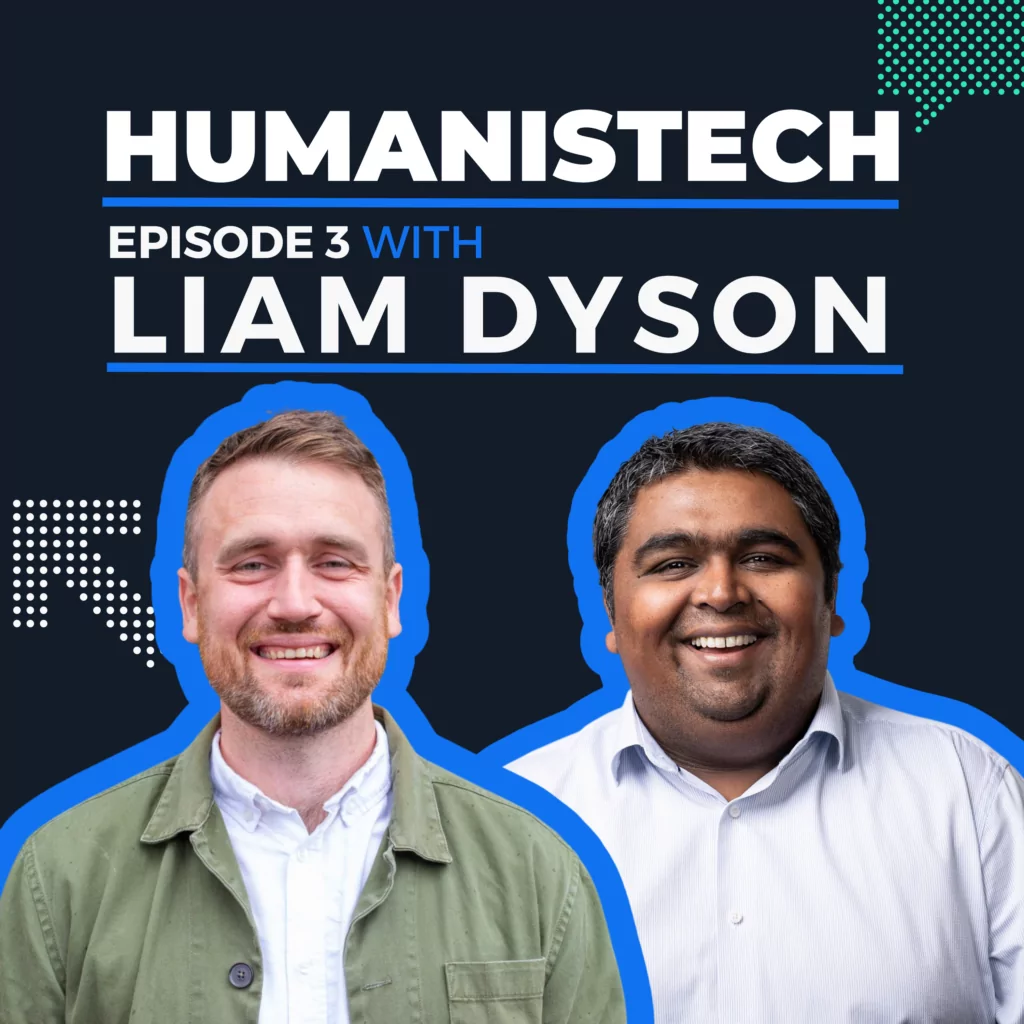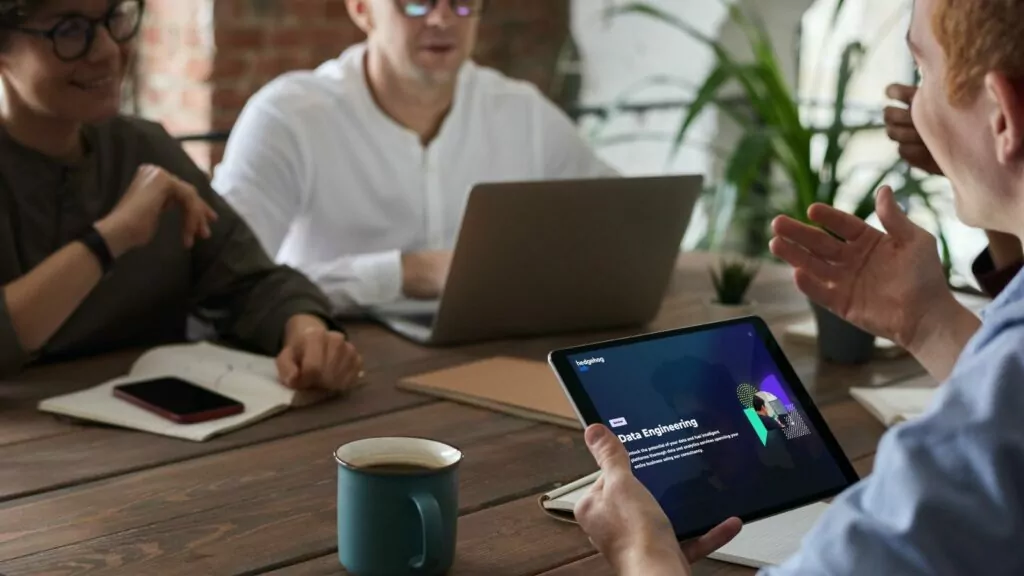Cars are fast becoming the battleground of tech companies. Large successful corporations‚ as well as small innovative players‚ are entering the automotive industry seeking to change the way we drive and communicate with cars.
Two features that are receiving the most attention are the self-driving mechanism and the infotainment system. Google was one of the earliest players in self-driving cars‚ but in the past few years a host of companies including Uber‚ Mercedes‚ Tesla and Volvo have also expressed an interest in this field.
Car infotainment systems have seen constant evolution‚ from the basic cassette player through to CDs and DVDs‚ to satellite radios and USB drives. These systems have become increasingly sophisticated‚ allowing our cars to provide much more information than simply the station being played and the weather outside.
Now the same companies that have changed the face of mobile technologies are eyeing up car infotainment systems. Apple and Google – the biggest names in mobile – are developing upgrades‚ CarPlay and Android Auto respectively‚ both of which have been accepted well by car manufacturers and third party infotainment system manufacturers. Most of these systems will be released in the coming years as part of upcoming vehicle launches‚ but some companies such as Pioneer have already released after-market devices that can be installed into the current generation of cars.
At present‚ these systems only have the ability to replicate a mobile device’s basic functionalities like messaging‚ maps and calls. Apart from these‚ most apps previewed for CarPlay and Android Auto only focus on audio capabilities. However there is huge scope for app developers to move beyond streaming music into other categories of connected apps.
Here are some concepts that we think lend themselves well to the connected car concept:
-
Most modern cars are equipped with an on-board diagnostic system‚ commonly known as OBD. These systems are now able to communicate with the user’s smartphones to provide various statistics and diagnostic data at a glance. This same information could also be linked to the car’s infotainment‚ to display live data on key diagnostics‚ enabling drivers to instantly access feedback and information on the condition of the car and the user’s driving.
-
Traffic updates are usually handled adequately by in-built or OS-provided map systems‚ but they often lack detailed information that could help users before and during their journey. Information on roadworks and closure of routes‚ suggestions for alternative routes‚ and integration with a central traffic management system to identify signal timings‚ could all improve the driver experience‚ ensuring users have the best possible route to their destination.
-
As location data is processed on the mobile device instead of the infotainment unit‚ apps could enable users to create custom orders. For example‚ when the user approaches home‚ an app could automatically unlock the garage doors‚ interacting with HomeKit and similar systems.
-
An app installed on the infotainment system can link up to a third party or police database‚ to alert the driver when entering a location where there is high risk of criminal activity. This same system could be used by parents‚ to alert them when their children venture into dangerous areas.
-
When the driver enters their destination‚ the OBD can inform them of their fuel/charge levels‚ and working with maps identify the best route to save fuel‚ or an appropriate place to refuel‚ to ensure that the car doesn’t run out of fuel or charge enroute.
-
As discussed in our research piece Handbook for Retail Mobile Strategy‚ connected apps also enable users to receive notifications when their purchases are available to pickup‚ so they can collect on their way home. Drivers can also use voice commands to quickly order food with compatible apps‚ which can identify the nearest outlet‚ send the order through‚ then plot a route for the user to go and collect it.
-
A panic app can be created to appear on the infotainment system‚ enabling users to send out an SOS to all selected numbers‚ including the local police department‚ with a quick tap in the event of an emergency.
These are just a few ideas of the ways in which connected apps can be harnessed to enhance the driver experience‚ but the possibilities presented by the infotainment system are endless. In the not-so-distant future of self-driving cars‚ the types of apps available could expand even further. Soon‚ connected apps could include games and work features‚ to create an office or home environment for users while travelling.





